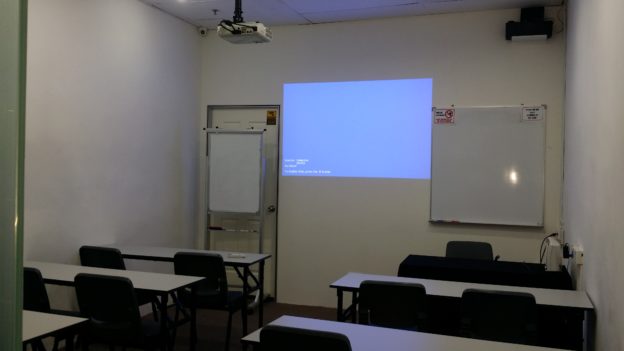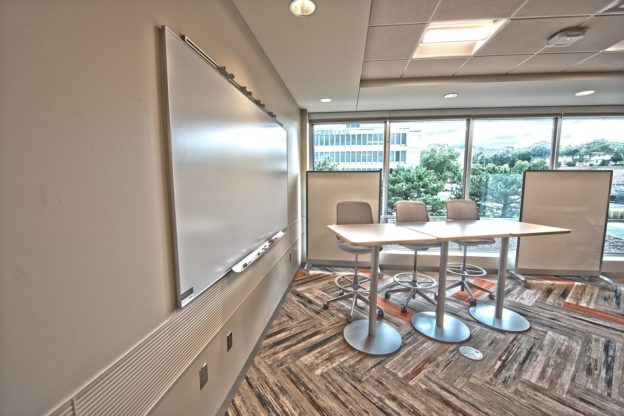How to be the best boss you can be?
Discover the 4 powerful secrets of world-class leaders that have helped them rise to the top and continue to win, even when facing adversity. These secrets include the most powerful strategies for leadership and insights to stay motivated and inspire others.
Read and understand until the end. Rent seminar room and share these with the leaders next to you.
#1 Always Be Learning: Keep Learning
The greatest leader, the best manager, the strongest personality are those who keep learning. That doesn’t mean becoming an expert on a particular subject, but rather constantly trying to increase your understanding of the things you do and the ways you interact with others.
You must continue to learn new things, be constantly improving your skills, and never stop growing. If you’re not learning, then you’re failing your followers.
#2 Take Risks: You Can’t Build a Culture of Fear
The key to success is not avoiding taking risks, but learning how to make it work for you.
Most companies talk about taking risks, but few take them. That’s because when you have a culture of fear, nothing is worth taking a chance on. But there’s a better way to build a culture of risk-taking, and it’s something that many of the world’s greatest leaders have done. They start by setting the stage for failure. They fail. But they don’t hide it. They share their failures, and they use that information to make better decisions.
Some of the most successful organisations, like Walmart and Southwest Airlines, have built cultures where employees feel empowered to take calculated risks. The leaders of these companies have also been bold enough to make changes when they’ve seen the need to do so.
#3 Think Long Term: Set Goals for Your Team and Company
The most important part of the business is to look ahead and understand what you want the company to look like a year from now, two years from now, five years from now. To accomplish this goal, the company should create a road map that includes a timeline and an annual cycle of how goals would be achieved.
Get a training room rental, gather your managers and present your business goals.
This is a great tip because, in order to be successful, you need to set goals. Setting goals helps you stay focused and drive your team forward. It also helps you measure success in the long term.
#4 Be Realistic: Be Prepared to Take Some Losing Stands
There is no such thing as an overnight success, so you must always be prepared to take some losing stands. Remember that you are not going to get rich overnight. You are going to have to put your business on the line more than once before it pays off big time. If you are not willing to lose, you won’t be able to win.
That’s just the reality of business, and no amount of strategy can overcome it. You’re not going to have a product or service that appeals to every single person in the world. The best way to manage this is by building a customer base that’s so big, and has such a diverse set of needs, that you won’t necessarily need to please everyone.
Conclusion
If you’re serious about learning how to lead others, always remember to keep learning, take risks, think long term, and be realistic. Each one has a powerful impact on your leadership style and the culture you create for your team. 4 more secrets will be unveiled in the next blog.
If you like this article, you might want to read this article about Why And How to Develop Product Knowledge Training for Your Business?









